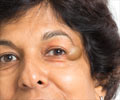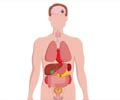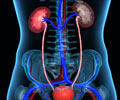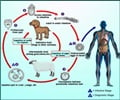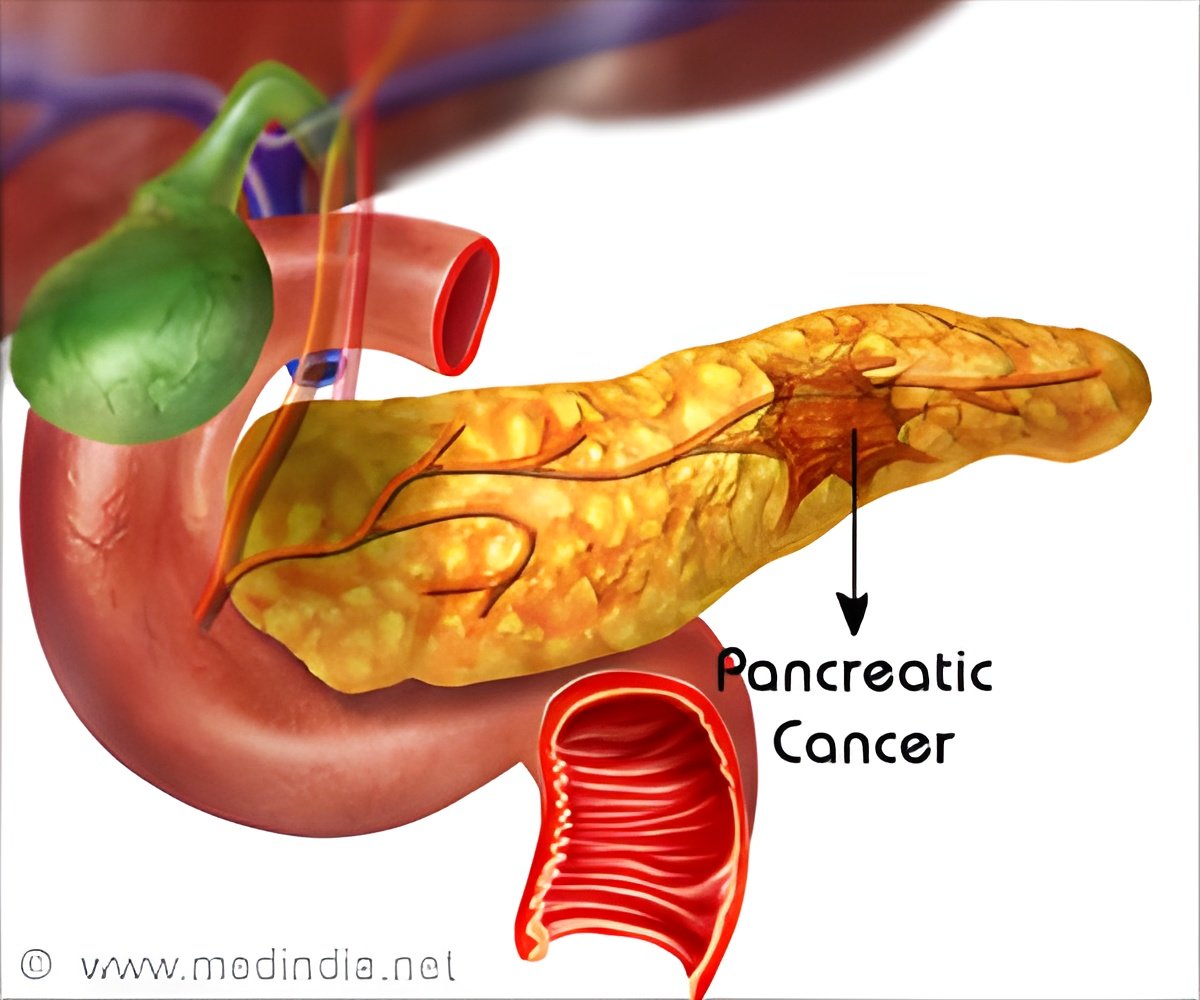
‘Scientists at Johns Hopkins have used gene-based tests and a fixed set of clinical criteria to distinguish precancerous cysts from harmless ones. These findings may help some patients safely avoid surgery to remove harmless cysts.’
Tweet it Now
Recent studies show that these current methods are accurate only 63% of the time, says Dr. Anne Marie Lennon, associate professor of medicine at the Johns Hopkins University School of Medicine and director of the Multidisciplinary Pancreatic Cyst Program. Building on preliminary gene tests the scientists developed in 2011 that measure the presence of pancreatic cancer-linked genetic markers in cyst fluid samples, the Johns Hopkins-led team expanded the panel of genetic markers and tested them on cyst fluid from 130 patients who had surgery to remove cysts at The Johns Hopkins Hospital and 16 other hospitals in the US and other countries.
In addition to using genetic-based markers, the scientists developed a mathematical model that identifies various types of pancreatic cysts and their potential for malignancy by taking into account patient characteristics such as age and symptoms, as well as appearance and location of the cysts, based on medical record information from 1,026 patients who had surgery to remove cysts at The Johns Hopkins Hospital.
Lennon said, "The combination of genetic tests and clinical evaluation of patients' cysts may change the way we guide patients on whether surgery to remove cysts is necessary."
To evaluate the validity of the new combination approach, the Johns Hopkins-led team performed genetic tests on the cyst fluid samples and evaluated clinical criteria of the 130 patients.
Advertisement
The scientists identified 10 cysts called solid-pseudopapillary neoplasms, which, doctors say, should be surgically removed, with 89% sensitivity and 92% specificity. Their tests also identified 12 mucinous cystic neoplasms, which doctors often remove, with 97 specificity and 90% sensitivity.
Advertisement
In the US, Lennon says, doctors find pancreatic cysts in approximately 2.6% of people who undergo computed tomography scans in the U.S., usually for nonspecific symptoms, such as chronic pain, injury or infection, and three to 13.5% of people who undergo magnetic resonance imaging scans. Based on US population statistics for people age 65 and older, this amounts to more than one million people who may face uncertainty about the malignant potential of a pancreatic cyst. Currently, Lennon says approximately 665,600 new pancreatic cysts are identified via CT scan each year in the US.
Some harmless cysts should be removed because of their large size or tendency to cause swelling in the organ or jaundice, but Lennon estimates that more than 20% of surgically-removed pancreatic cysts thought to be cancerous are later found to be benign.
Lennon said, "Most people who are evaluated for pancreatic cysts are older adults in their 60s and 70s and have comorbidities that can make surgery more risky. We want to avoid unnecessary surgery whenever we can. The complications include fistulas, infections, and some deaths, which also occur."
The researchers caution that, 40% of the time, doctors are unable to collect enough cyst fluid for standard analysis, a problem they say their genetic testing method solves by requiring only very small samples of cystic DNA. But they caution that cyst fluid removal is not risk-free and can cause bleeding, infection and inflammation in a very small percentage of patients.
To determine whether DNA changes present in the cyst could be accurately detected before surgery, Lennon and her colleagues compared genetic tests on cyst fluid samples obtained during endoscopic ultrasound before surgery and from cyst specimens surgically removed in 24 of the 130 study subjects. They found a similar number of genetic changes in 21 of the samples before surgery and 20 of the surgically removed cyst specimens.
"Our study shows that our expanded panel of genetic markers, combined with clinical acumen, can accurately differentiate between types of pancreatic cysts and identify cysts that are safe to watch over time and cysts that need to be removed," says Dr. Ralph Hruban, Baxley Professor in Pathology and director of the pathology department for the Johns Hopkins University School of Medicine and director of the Sol Goldman Pancreatic Cancer Research Center.
"Correctly identifying whether pancreatic cysts pose a high risk for malignancy is key to preventing an often deadly cancer, or avoiding a needless surgery for cysts not likely to be a problem," says Dr. Bert Vogelstein, Clayton Professor of Oncology and director of the Ludwig Center at the Johns Hopkins Kimmel Cancer Center. He was also a co-author of the study.
Lennon said, "The team plans to study the combination approach on more varieties of pancreatic cysts, especially the rarer types. To further validate the findings, they must test the approach on larger numbers of patients, determine how well the approach identifies cysts that need to be removed in newly-diagnosed patients, and evaluate its cost effectiveness."
Source-Eurekalert




